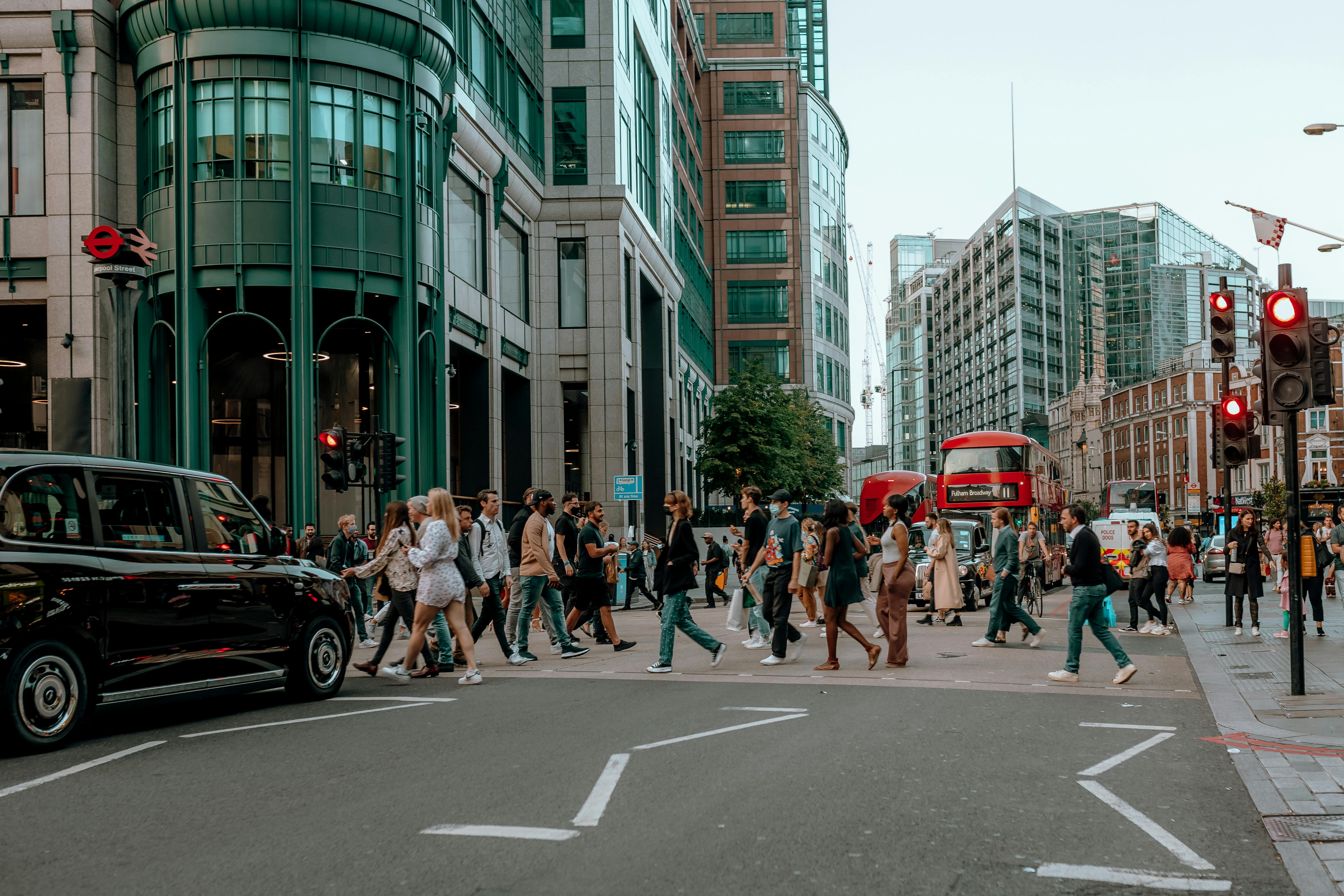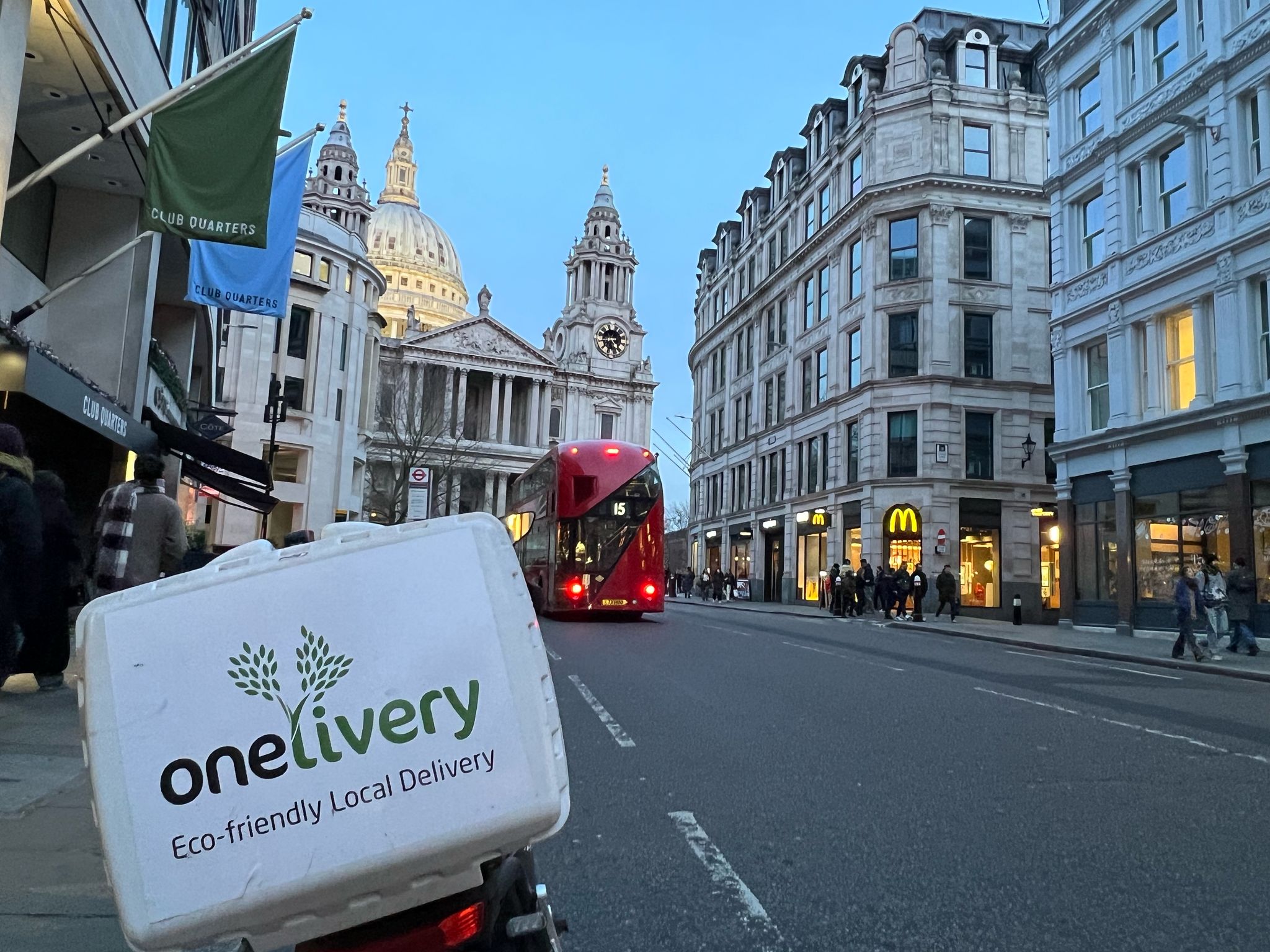Ever wondered how your eagerly awaited package makes its way from a warehouse to your doorstep? It's a fascinating journey, filled with twists and turns, and it's all part of the last-mile delivery process. The costs and caveats of last-mile delivery are mind-boggling.
No wonder it takes specialists to take on this task! Let's delve into the intricacies of the concept of ‘home-delivery’ and uncover the secrets behind it.
Understanding Last-Mile Delivery
Last-mile delivery is the final stretch of the delivery journey, where goods are transported from a distribution centre or local hub directly to the customer's address. Despite its short distance, last-mile delivery is often the most challenging and costly part of the entire process. Why? Because it involves navigating through bustling streets, avoiding traffic snarls, and ensuring timely deliveries, all while meeting customer expectations.
Challenges of Last-Mile Delivery
Imagine the bustling streets of a city, filled with honking cars and pedestrians bustling about their day. Now, picture delivery vans weaving through this chaos, trying to reach their destinations on time. Traffic congestion is one of the biggest challenges of last-mile delivery, causing delays and increasing costs for logistics companies. Then there's the delivery window – customers expect their parcels to arrive within specific time slots, adding pressure on logistics providers to meet tight deadlines. And let's not forget about address accuracy – incorrect or incomplete addresses can lead to failed deliveries, leaving both customers and delivery companies frustrated.
Solutions for Last-Mile Delivery
Despite these challenges, logistics companies are finding innovative solutions to streamline last-mile delivery. Advanced routing algorithms and GPS technology are being used to plan the most efficient delivery routes, minimising travel time and fuel consumption.
Parcel lockers are also becoming increasingly popular. These convenient lockers are placed in strategic locations, allowing customers to collect their parcels at their own convenience, reducing the need for multiple delivery attempts. Additionally, collaborative delivery models, where logistics companies partner with local businesses or crowd-sourced delivery platforms, are gaining traction, enabling faster and more flexible deliveries.
Last-mile delivery may present its fair share of challenges, but with innovative solutions and forward-thinking companies like Onelivery.co.uk leading the way, the future looks bright. So, the next time you eagerly await a delivery, take a moment to appreciate the logistics behind it, and remember the hardworking team at Onelivery.co.uk who make it all possible.









